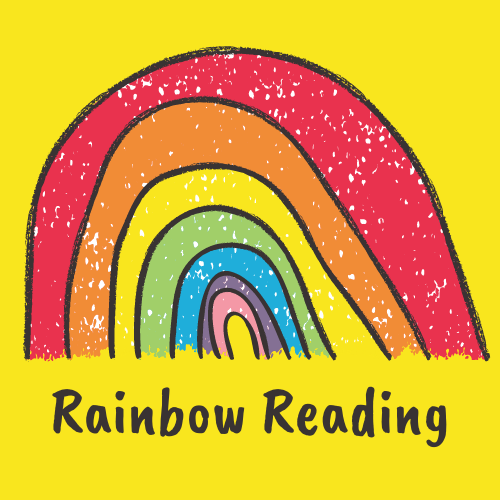Orton Gillingham: Who, What, and How
Orton Gillingham-Who, What, and How
Written by Kristin Sayeski, Gentry Earle, Rosalie Davis, & Josie Calamari
Article Summary By Joanna Migo
While Dr. Samuel T. Orton, a neuropsychiatrist and pathologist, and Anna Gillingham, an educator and psychologist are have created a research-based approach to reading some time ago, their work is now in the spotlight as our country is making a shift from balanced literacy to a structured, multisensory literacy instructional approach. In recent years, parents, teachers, and administrators have been referencing Orton Gillingham's instruction as an effective method for teaching all students, specifically those with language-based learning differences. This article explains who they are, what these doctors have contributed to reading based on their brain research, and how teachers can implement their research-based reading methods within the classroom.
To clarify, Orton Gillingham is an approach to teaching individuals with dyslexia; it is not a program or curriculum as one may hear many individuals interchangeably use to describe it. Their foundational principles for reading instruction from the 1930s and 1940s are considered relevant and essential as the signature approach for impacting language-based reading differences today. Many specialized and private schools have adopted an OG instructional approach for students with learning differences; however, many public schools are unfamiliar with their research and have not been supplied with the appropriate information, preparation, and instructional coaching to implement their specific approach.
The Orton Gillingham approach to reading includes the following elements of language: phonology, syllabification, morphology, decoding, and encoding. Their approach essentially breaks down language components into individual and overlapping skills designed to promote mastery and automaticity, skills that prove very effective for dyslexic students. Other words to describe OG instruction are language-based, multisensory, flexible, cognitive, systematic, explicit, and cumulative. Implementing OG instruction requires that a teacher participates in rigorous training, allowing them to acquire the skills that enable them to have a deep understanding of language and skills and techniques to teach struggling readers systematically.
OG instruction is distinctively different from other instruction approaches in that it is direct, systematic, incremental, and cumulative in lessons. It is considered multisensory, which includes all three modalities simultaneously: auditory, tactile/kinesthetic, and visual applications. Research has indicated that a synthetic approach to decoding instruction can enhance a student's word reading ability. Encoding with phonics instruction has also improved word reading, phonological awareness, comprehension, and spelling. Some criticisms surround OG instruction, which include the critique from Kilpatrick, who found that OG instruction lacks advanced phonemic awareness instruction, which involves more detailed manipulation of the phonemes or specific sounds within words.
Individuals and professional organizations are branded or unbranded as an approved OG-based instruction method. Branded Orton Gillingham commercial programs include Lindamood-Bell, Take Flight, and the Wilson Reading System. There are validity threats to OG-based intervention as each practitioner may deliver instruction differently and inconsistently versus a commercial branded OG curriculum. This article states that consistency is crucial in the progression of reading development in struggling readers. When the intervention is uniform and consistent, researchers say it increases their ability to measure student success.
While there are different levels of OG training, beginning with teacher training with an introductory course versus completing a practitioner level of training, one is still provided with an ample wealth of strategies that will complement their reading instruction delivery for students with dyslexia. Teachers must adhere to a substantial scope and sequence, reflecting the progression of simple to more complex skills and providing the functional skills before the lesser used.
OG makes an incredible impact on students with language-based learning differences. This article is a highly recommended read for administrators, teachers, and parents seeking more information about Orton Gillingham's instruction and learning more about the differences between an OG practitioner and a branded OG research-based curriculum. I agree with the article when it states that providing all teachers, including special education teachers, with the foundational principles of OG in helping to implement and deepen a teacher's understanding of the structure of language and why students may have difficulty grasping specific concepts. More professional development and training in OG instruction results in the deepening of knowledge, improvement in expertise, and strengthening of skills and strategies for the deserving dyslexic community of students.
Featured Article: Sayeski, K., Earle G., Davis, R., Calamari, J. Orton Gililngham: Who, What, and How. Teaching Exceptional Children, 2019

